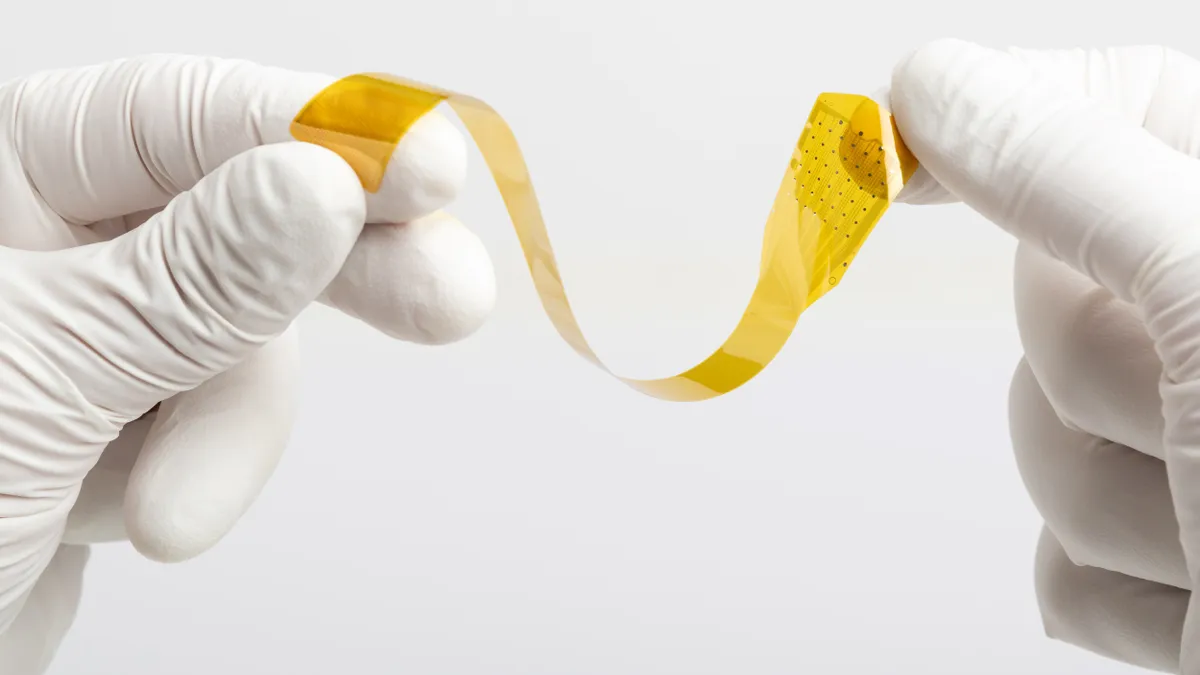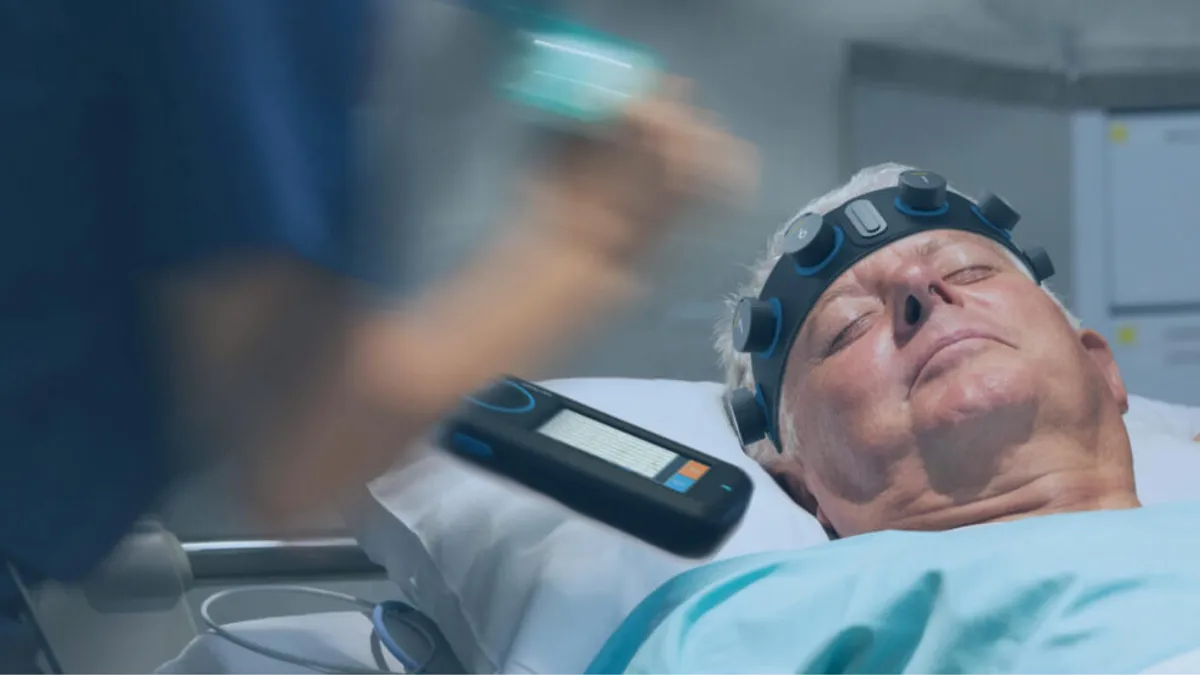The medical device industry strongly criticized aspects of the European Commission's draft policy on the reprocessing of single-use products in a slate of comments on the proposal this week, including the body's approach to documentation disclosure, varying standards between manufacturers and reprocessors and an implementation timeline one company called "not acceptable."
The draft document is one of 12 essential implementing acts the Commission is working to finalize by the time the European Union Medical Device Regulation (MDR) and In Vitro Diagnostic Regulation (IVDR) come into force in the coming years. In the text, the Commission sets out how it envisions MDR applying to reprocessing of single-use devices. Such processing entails cleaning and testing devices so they can be safely and effectively used again.
After putting out a call for feedback last month, the Commission received comments from 20 people and organizations. The responses feature some common themes, such as widespread resistance to the proposal that health centers "request access to the relevant parts of the technical documentation from the manufacturer" when analyzing whether a device is suitable for reprocessing.
The concerns articulated by MedTech Europe, which criticized the Commission for seeking feedback during the summer vacation period, are representative of feedback submitted by multiple groups.
"Since the manufacturer's technical documentation is proprietary information, the health institution should base their analysis ... purely on publicly available information. There should not be a requirement that they seek proprietary information from the original manufacturer, and the original manufacturer should not be under any obligation to provide confidential or proprietary information," the trade group wrote.
The question of how to determine whether a device is suitable for reprocessing sparked criticism on other grounds, too. In the draft, the Commission provides a list of products it deems to be unsuitable for reprocessing, such as devices that emit radiation. The Association of Medical Device Reprocessors pushed back against a list it calls "overly broad and restrictive."
"We urge its deletion as, in the course of the MDR deliberations over lists of devices that can and cannot be reprocessed, it was ultimately decided no such list or preemptive conclusions should be made. Devices that cannot or should not be reprocessed will not be able to demonstrate compliance with these Common Specifications and will therefore not be reprocessed," AMDR wrote.
The Dutch National Institute for Public Health and the Environment also found fault with the breadth of the exclusion list, specifically because prohibiting the reprocessing of products "that pose a risk of transmission of spongiform encephalopathies" could affect all devices that come into contact with blood.
Other concerns include the potential for different standards to apply to device manufacturers and reprocessors. The German Society for Sterile Supply made that point forcibly in its feedback.
"Why do manufacturers placing sterile products on the market have to issue a declaration of conformity, but the legal reprocessor, who is considered to be the manufacturer in accordance with Article 17, 2. does not have to issue a declaration of conformity or involve a notified body?," the society wrote. MedTech Europe called for the act to be changed so the quality management systems used by reprocessors have to be certified by a notified body.
The Commission hopes to have ironed out the differences and finalized the text by November, giving the sector six months to prepare for the new requirements. Meditreat, a device reprocessor, called the six-month timeframe "not acceptable" in feedback to the Commission, arguing that a transition period "similar to MDR itself but not less than one year" is needed.
There remains a risk that the Commission will miss the November target and fail to finalize the act before MDR comes into force. If that happens, "reprocessing shall be performed in accordance with any relevant harmonized standards and national provisions," the Commission wrote in its rolling plan for the implementing measures.
That fallback option is in line with current practices. The European Council identified the need for the EU to take a position on reprocessing at the time of its 1993 directive on medical devices but gave the Commission until 2010 to prepare a report on the topic. That report, which identified hazards associated with reprocessing, informed the development of MDR.
In the absence of a harmonized EU position, member states have regulated reprocessing at a national level, resulting in a patchwork of different approaches across the region. Some countries, such as the U.K., have discouraged reprocessing of single-use devices or prohibited the practice altogether.
"A device designated as 'single-use' must not be reused. It should only be used on an individual patient during a single procedure and then discarded. It is not intended to be reprocessed and used again, even on the same patient," the U.K. Medicines and Healthcare products Regulatory Agency wrote in guidance published late last year.
The U.K. does permit the re-manufacture of single-use devices by companies that place CE marks on their products.
The resistance to reprocessing of single-use devices in parts of the EU sets the region apart from the U.S., where hospitals have carried out the practice since the late 1970s. FDA published guidance on the topic in 2000, setting out the responsibilities of reprocessors and how it intended to enforce the rules.
This story has been updated to clarify MHRA policy on single-use devices.

















